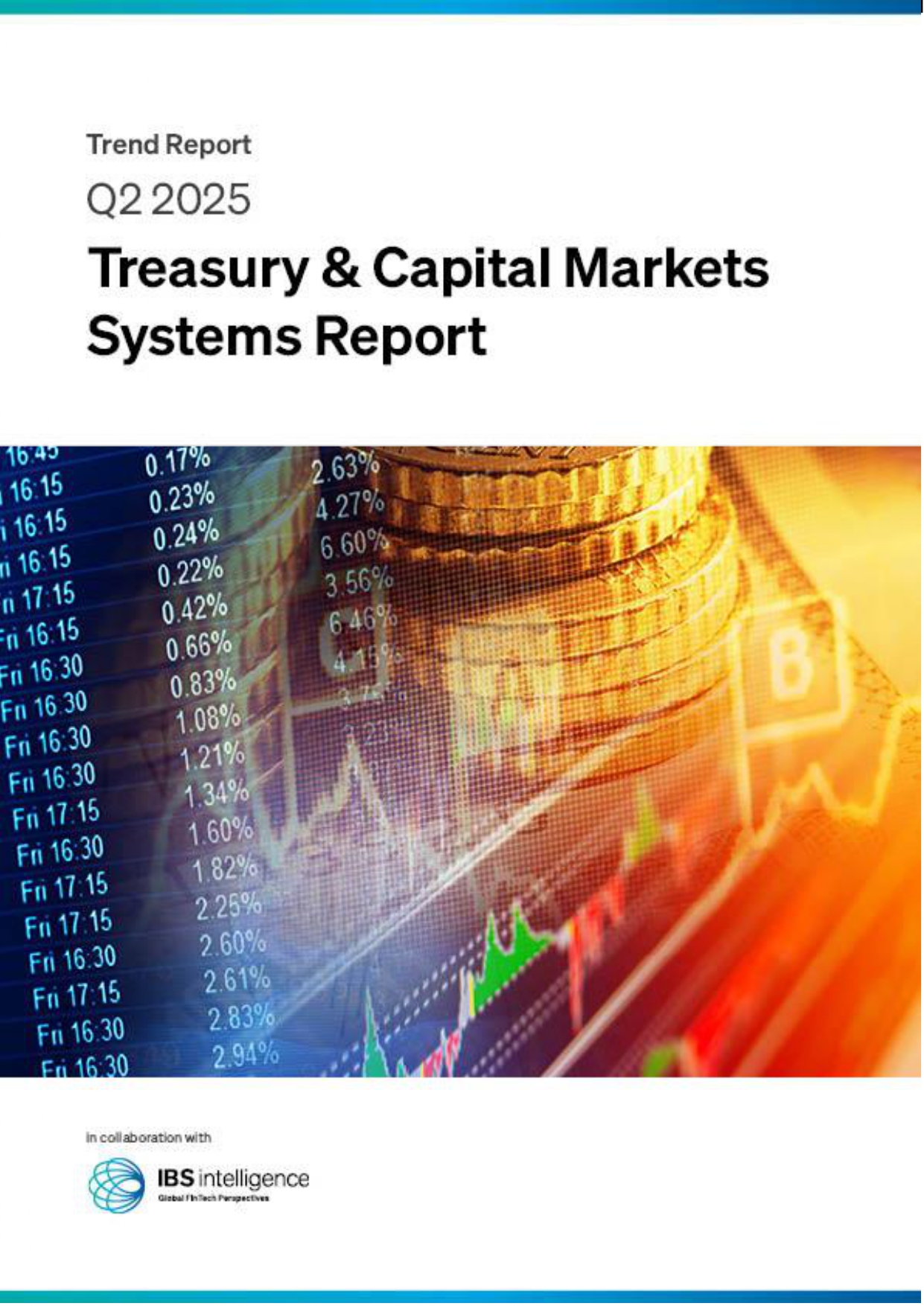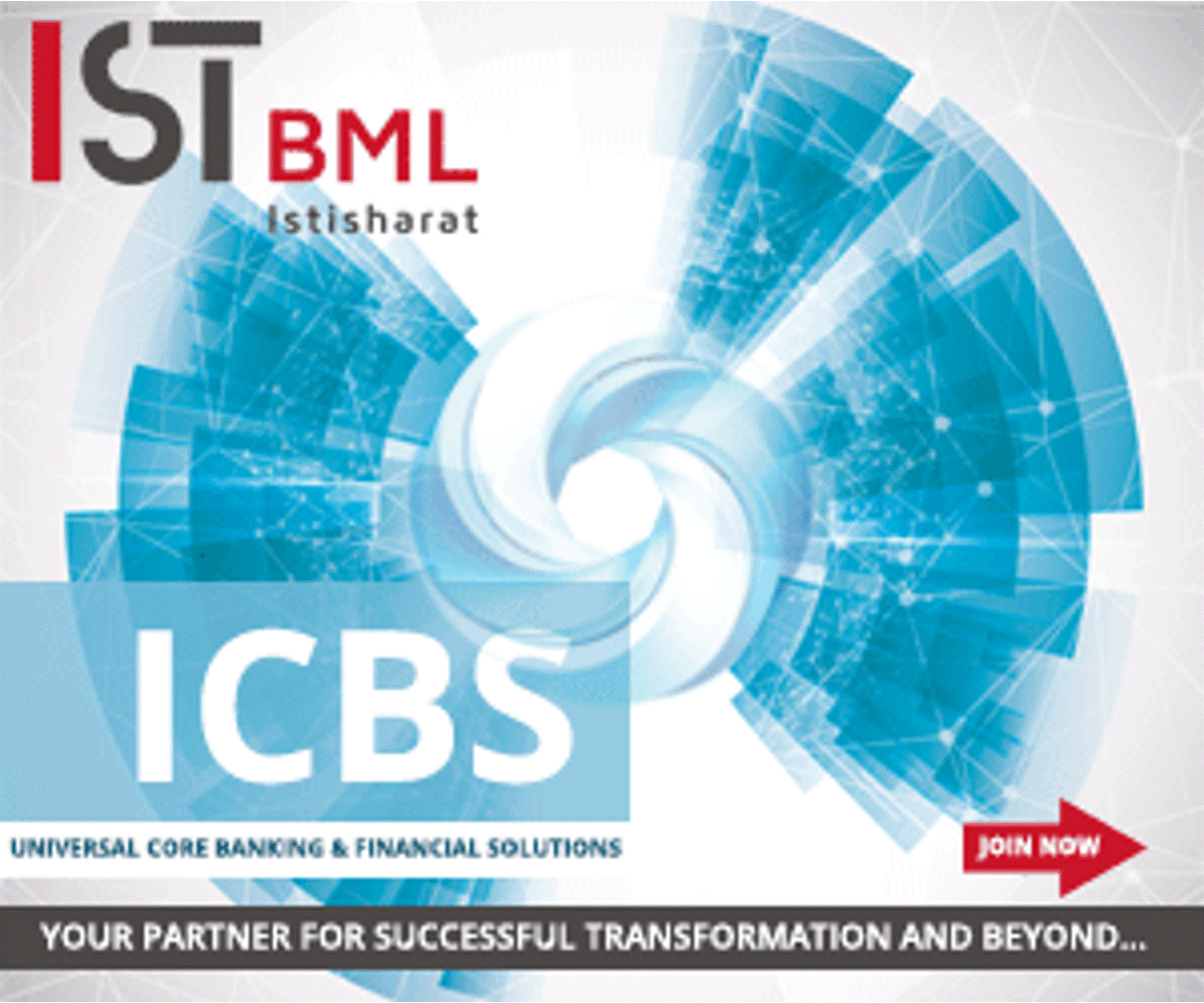 Back
Back
The deep dive: Stablecoins
By Puja Sharma
The deep dive’ is our bi-weekly exploration of a relevant topic, hot trend, or new product. For Prime subscribers only.
How does it work?
As a possible future breakthrough in payments, stablecoins have experienced tremendous growth in the past year. A stablecoin is a digital currency whose value is based on an external reference, usually the U.S. dollar (USD). In the digital economy, stablecoins play a vital role, and their growth could foster innovation, as per the research by the Federal Reserve.
There are two primary ways in which stablecoins differ from traditional digital records of money, like bank deposits. The first advantage of stablecoins is their cryptographical security. As a result, users can settle transactions nearly instantly without the necessity of an intermediary for settlement. Stablecoins are typically built on DLT standards that are programmable and can be composed of different services.6 This implies that stablecoins can be interconnected with smart contracts (self-executing programmable contracts) to compose payments.
Before either privately issued stablecoins or a dollar-backed central bank digital currency are mainstreamed, there are certain risks and other factors to be addressed. The U.S. banking sector is not a hotbed of competition, however, as no analyst or institution could successfully argue. In terms of assets, personnel, and other factors, the five largest U.S. banks have approximately 40% of the market share. It would be beneficial for the banking sector to integrate some stablecoin competition, even if it takes the form of federally insured and chartered institutions.
Who is under the radar?
The Existing public and institutional stablecoins are being used because of their cryptographic security and programmability. Despite this, these features can drive innovation beyond current application areas, which are primarily cryptocurrency markets, peer-to-peer payments, and institutional liquidity management by very large banks. In the future, stablecoins may drive innovation in several growth areas, including more inclusive payment and financial systems, tokenized financial markets, and microtransactions for Web 3 technology. There have been several concerns raised regarding stablecoins as they gain public attention, including stability, consumer protection, compliance with KYC and anti-money laundering laws, and scalability.
The use of stablecoins instead of a traditional bank account might see them receive inflows from commercial bank deposits. Having a significant substitution away from deposits would disrupt commercial banks’ ability to provide credit, which is of great interest to policymakers
Why does it matter now?
As programmable digital currencies become more prevalent and their uses are clarified, stablecoins have grown tremendously over the past year. Several banks and traditional financial institutions are concerned that this rapid rise may have negative impacts on their operations. Two-tiered banking 19 systems can support both stablecoin issuance and traditional credit creation. By contrast, a narrow-bank stablecoin framework can provide the most stability, but at the expense of credit disintermediation. When viewed as sufficiently collateralised, dollar-pegged stablecoins can also serve as a haven during market distress.
IBSi FinTech Journal
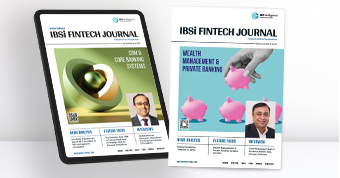
- Most trusted FinTech journal since 1991
- Digital monthly issue
- 60+ pages of research, analysis, interviews, opinions, and rankings
- Global coverage
Other Related News
Related Reports

Sales League Table Report 2025
Know More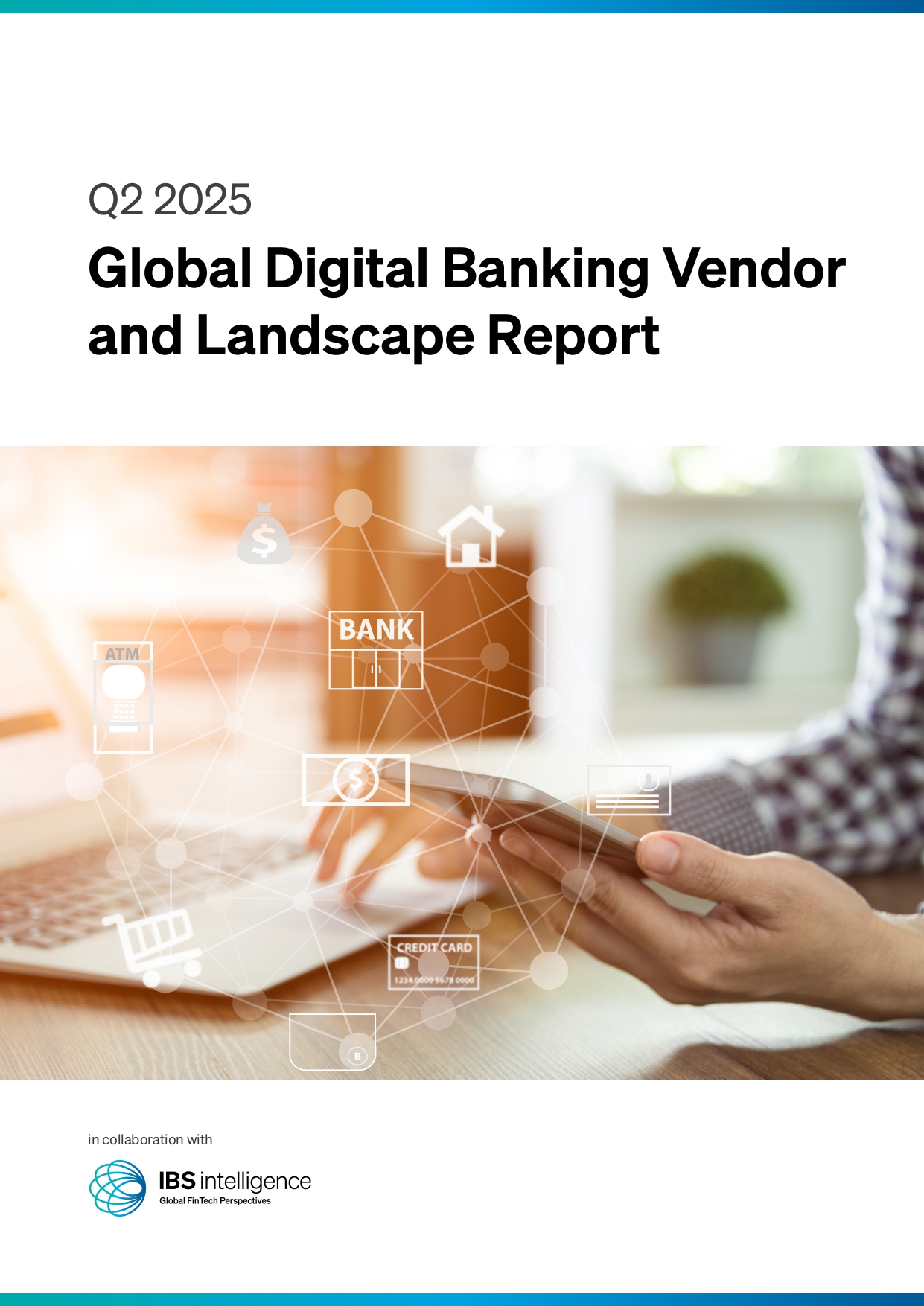
Global Digital Banking Vendor & Landscape Report Q2 2025
Know More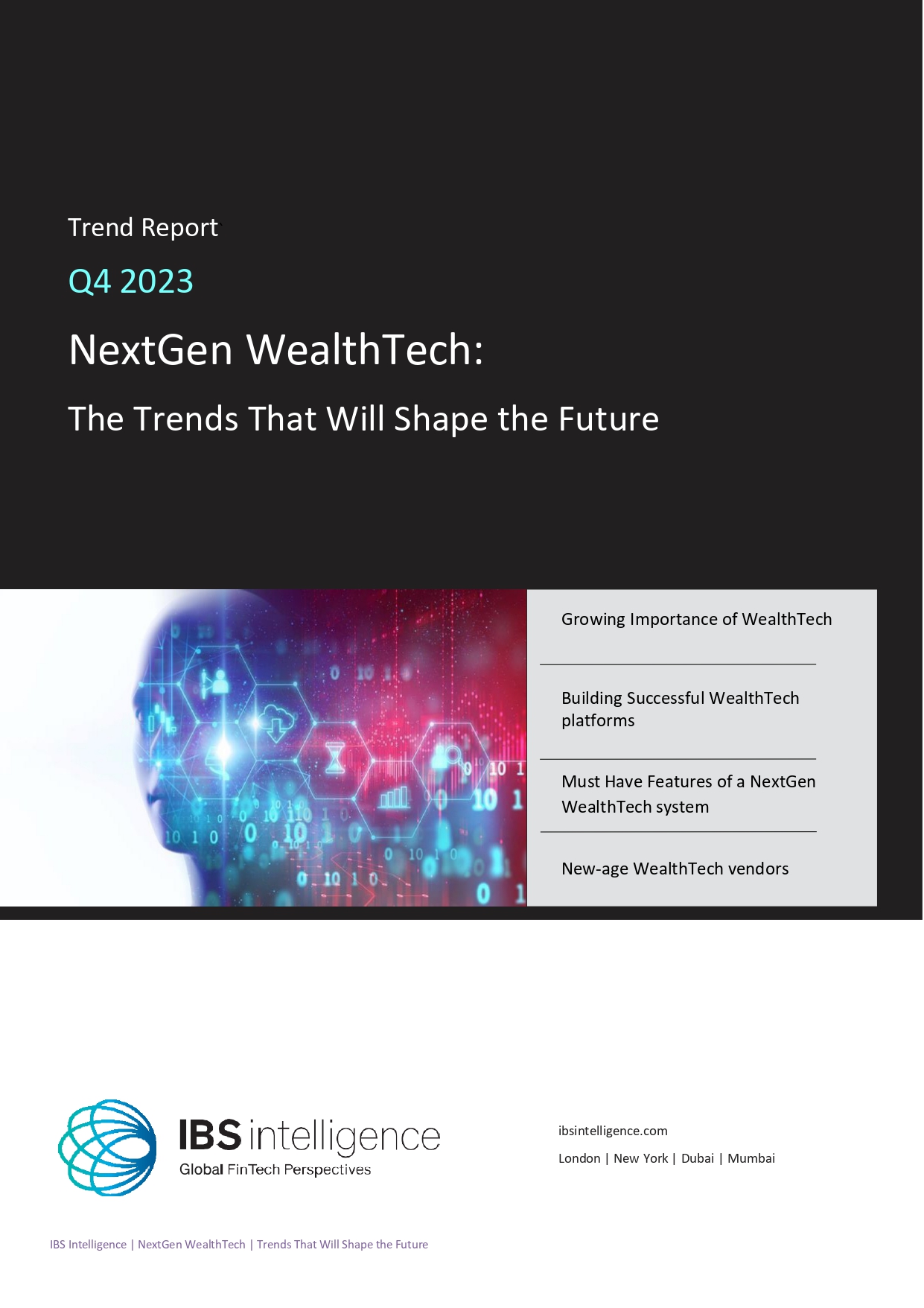
NextGen WealthTech: The Trends To Shape The Future Q4 2023
Know More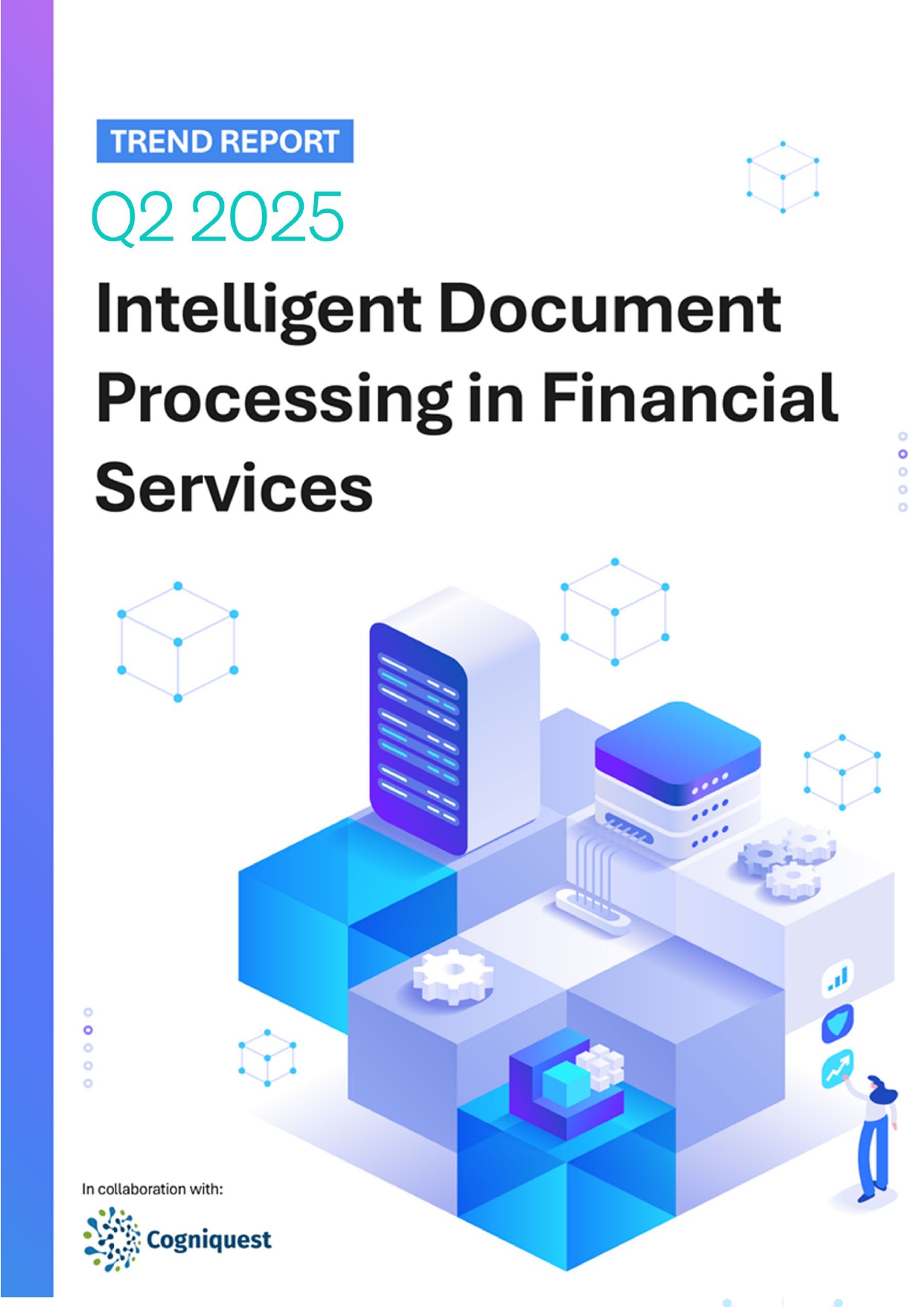
Intelligent Document Processing in Financial Services Q2 2025
Know More